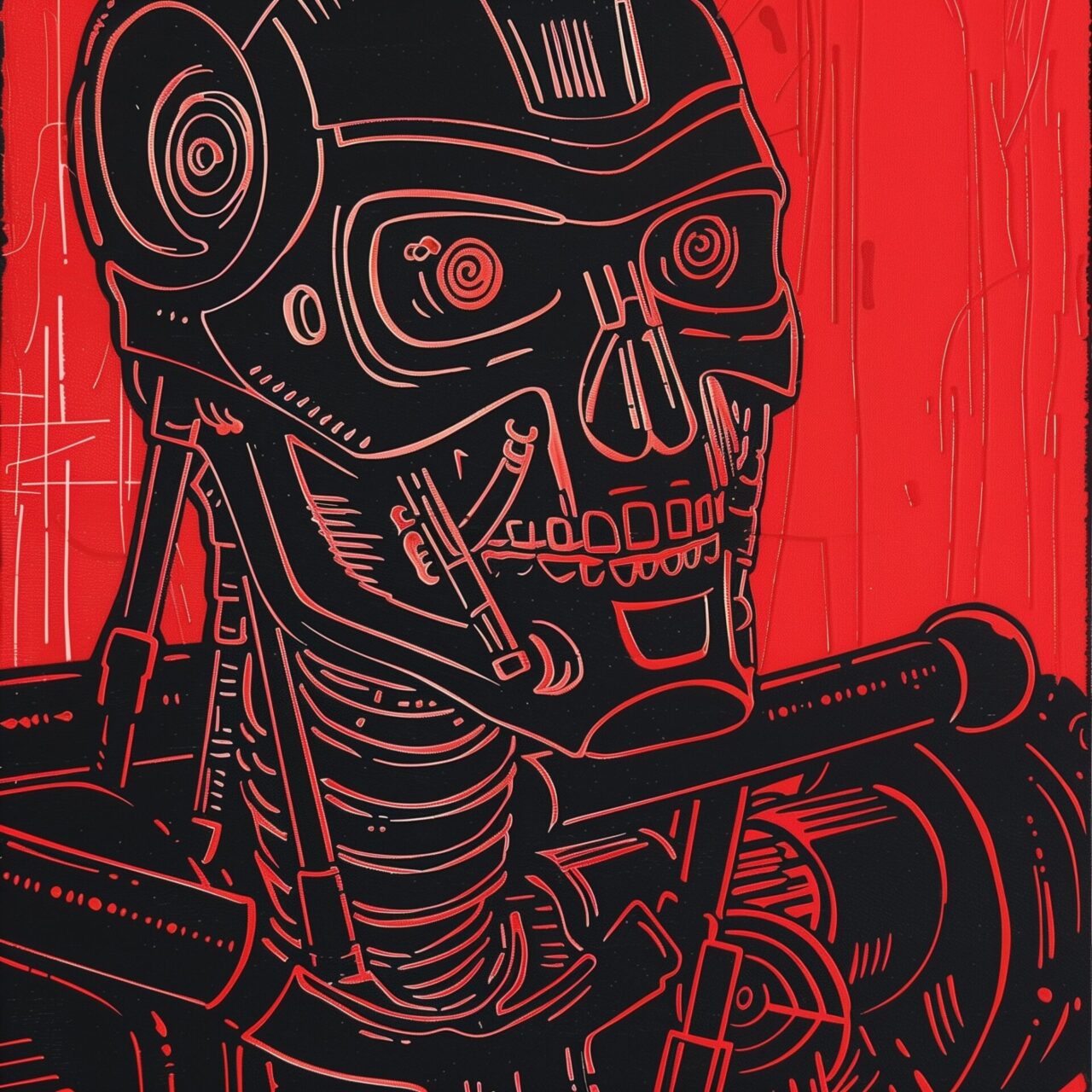
The Terminator saga
Welcome to the post-apocalyptic amusement park of the “Terminator” film series, where time travel is the norm and the phrase “I’ll be back” is more than just a cool quote – it’s a promise. Since Arnold Schwarzenegger first appeared on screen as a cybernetic organism in 1984, the series has not only fascinated sci-fi fans, but has also raised serious questions about artificial intelligence and human survivability. Here’s a run through the tangled timelines and causal chains that are so convoluted even Schrödinger’s cat would need a break to catch up.
“The Terminator” (1984) – The beginning of the time war
In this sci-fi thriller by James Cameron, the Terminator (Arnold Schwarzenegger), a virtually indestructible cyborg, is sent from the year 2029 to the Los Angeles of 1984 to kill Sarah Connor (Linda Hamilton). Sarah’s future son, John Connor, will one day lead a resistance movement against the AI-controlled machines. In a desperate attempt to change history, John sends his confidant Kyle Reese (Michael Biehn) back to protect his mother.
“Terminator 2: Judgment Day” (1991) – The cyborg becomes protector
This film turns the premise of the first one on its head. An evolved Terminator, the T-1000 (Robert Patrick), is sent to the 1990s to kill young John Connor (Edward Furlong). This time, however, John sends back from the future a reprogrammed version of the original Terminator (Schwarzenegger) as his protector. “T2” expands on the moral and ethical issues of machine intelligence and presents impressive special effects that set new standards.
“Terminator 3: Rise of the Machines” (2003) – The rise of the machines
Despite the efforts in “T2” to prevent the Day of Judgement, the apocalypse has only been postponed. In “T3”, a now grown-up John Connor (Nick Stahl), who has been hiding from society, fights against a new, improved Terminator, the T-X (Kristanna Loken). Once again, an ageing T-800 model comes to the rescue. The film ends with the inevitable entry into the post-apocalyptic era that heralds the war between man and machine.
“Terminator Salvation” (2009) – The future of war
The action jumps to the year 2018, right in the middle of the war between humans and Skynet. This film focuses on an older John Connor (Christian Bale) fighting for the survival of the human race and Marcus Wright (Sam Worthington), a man whose last memory is his execution and who now reawakens as a cyborg. “Salvation” offers a more detailed look into the dystopian world that was only hinted at in the previous films.
“Terminator Genisys” (2015) – A reset of the timeline
In a reboot/sequel of sorts that redefines the entire series, the timeline is turned on its head by the renewed use of time travel. Kyle Reese (Jai Courtney) is sent back to save Sarah Connor (Emilia Clarke), but finds a completely different reality in which Sarah has been raised since childhood by a protective T-800 (Schwarzenegger). “Genisys” plays with alternate realities and intricate plots that are a challenge even for die-hard fans.
“Terminator: Dark Fate” (2019) – Back to the roots
This film ignores all the sequels after “T2” and picks up directly where “Judgment Day” left off. Linda Hamilton returns as an older, even tougher Sarah Connor, and Schwarzenegger is back in the film. The plot revolves around a new threat from an advanced Terminator and a young woman who holds the fate of humanity in her hands.
The “Terminator” series is a fascinating example of how filmmakers use time travel and alternate realities to explore both thrilling action and profound questions about technology, freedom and the human condition. Although the quality and complexity of the films may fluctuate, the underlying theme remains consistent: The struggle against a future that may already be set, or perhaps can be changed. A truly timeless (and temporally confusing) cinematic adventure!


